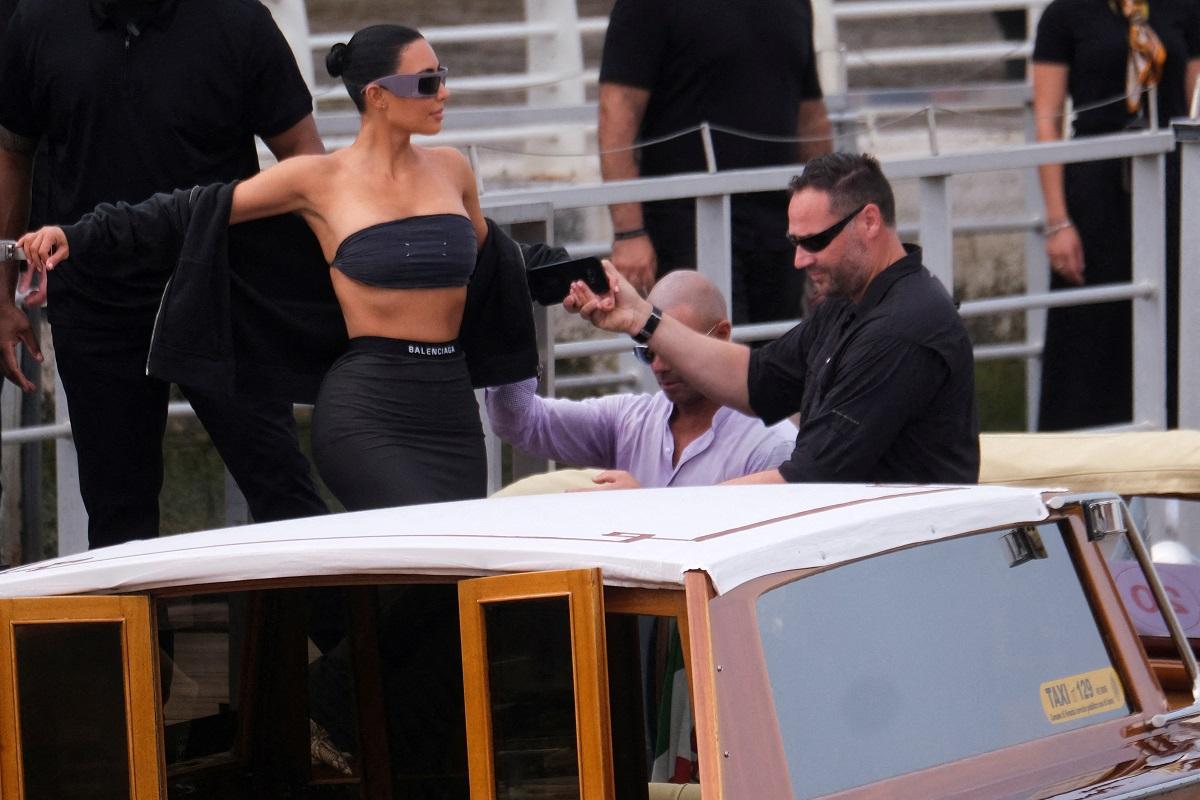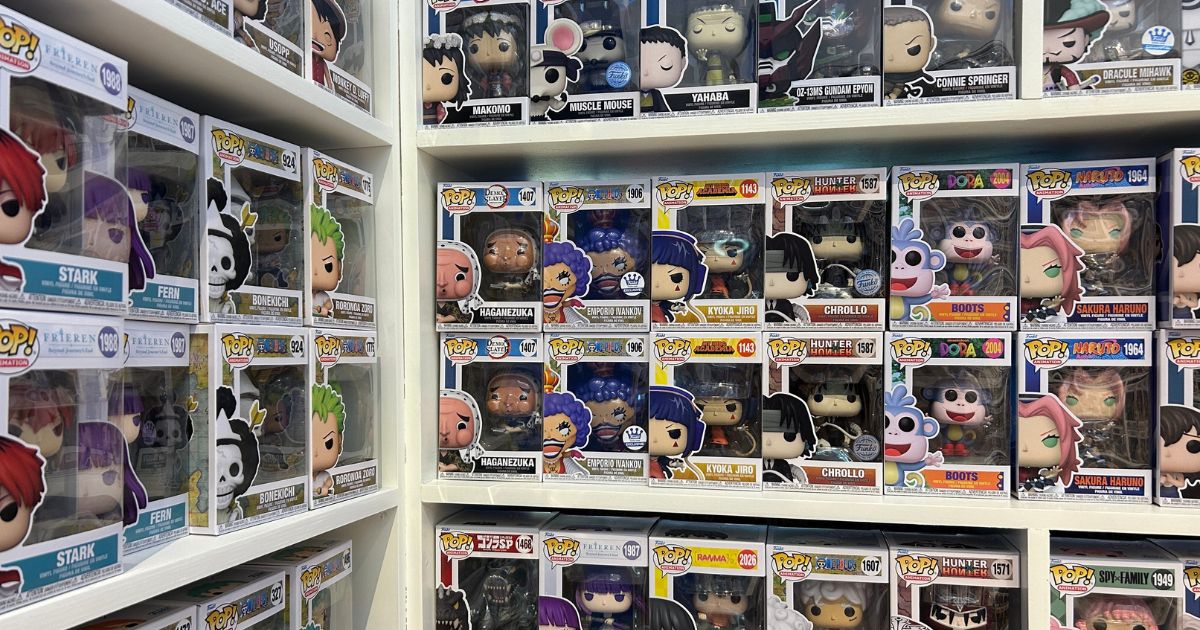
Upgrade to High-Speed Internet for only ₱1499/month!
Enjoy up to 100 Mbps fiber broadband, perfect for browsing, streaming, and gaming.
Visit Suniway.ph to learn
Curated by Nilo Ilarde
Context can be contentious. It is the touchstone for arguments—on whether something is within or out of context. It often comes up during instances that require evaluation, especially when we are analyzing “content.”
Needless to point out is their lexical resemblance, but it does prove their efficient pairing in certain circumstances. We always hear it, usually in the form of a question, when we look at certain images or news footage: But what is the context?
In this particular event, the artwork, of course, is the content, and the space where it is laid out could be its context. And it is the curator, Nilo Ilarde—who has always been perceptive to the uncharted quarters where art may lead us—who acts as our primary resource for this new contextualization, as he has consistently done in his past projects.
In one of his most notable shows, he chose a title that would soon become his own mantra: If the work speaks for itself, don’t interrupt. It is a statement that acknowledges the materiality of art and its capacity to generate meaning.
And from this personification—by way of assigning the object its own voice—it becomes an encouragement for anyone willing to explore and understand the nature of a particular form. It has been one of Ilarde’s go-to processes: to let art dictate the direction it might want to take.
But for Ilarde, it is not just the objects; it is not all about the content. The context, or the space, also has its own manner of speaking. That’s why he couldn’t resist listening, he admits, when he was offered an unused, rundown, vacant office floor to be used as an exhibition space.
What this exhibition infers is that speaking is not limited to the objects, and that there just might be a chorus—however faint or loud—that could be heard when the space, with its own unusual properties, is allowed to join the conversation.
It holds a unique voice—this unused, unfinished space inside an office building in the heart of Makati’s business district. How it interacts with the artists’ works, according to Ilarde, should be a continuous discovery of meaning and analysis, in pure Deleuzian fashion: rhizomatic and unresolved.
It holds an affinity with the structure: a wall, stripped down to become bare again, is a wall for pondering histories—both past and future. What was here before? What is to become of it? The grey absence of coating and color does not suppress imagination but instead leads to a kind of abstracted thought, where both emptiness and presence lurk to conjure meaning. Its dark corners are also alive with elucidation. Each debris can also tell a story.
By gathering the works of several artists, the conversion into the context of ‘art space’ is set. Beginning with Pete Jimenez’s works, which greet us at the entrance: free-standing sculptures of upright sections of boats, with their other parts arranged as waves.
The element of water continues with Elaine Navas’ panoramic painting from 2017 titled Whatever is Moved is Divisible. On another wall, we see Lani Maestro’s Strange Thirst, a meditative, journal-like work using black ink and notebooks.
Juni Salvador continues this meditation on material on the next wall, with a work titled Marcel Would Have Approved…After Duchamp, where he scrapes portions of a wooden panel to dismantle both the idea of painting and its absence.
Bernardo Pacquing also adheres to the dismantling of materials with a sculpture made of wooden parquet tiles. With his signature large-scale assemblage of mixed media and cement on the far section, he completes his commentary on surfaces and materials.
Meanwhile, Oca Villamiel brings us back to the idea of the sea—this time through fishing communities—with his sculpture made of nylon fishnets and a series of enclosed boxes showing dried fishbones, leaves, and an assortment of fishing strings.
Juan Alcazaren’s 2018 work, Artist’s Proposal, on the other hand, resorts to playful wit—using an actual basketball ring with a ¼-carat diamond embedded in it. Ringo Bunoan takes a more personal and autobiographical approach with an older work called In The Same Breath, presented as a soft sculpture using photographs and pillows.
Jose Santos III, meanwhile, lets loose a colony of curachas—more than 500 cast resin shells of a native crab species endemic to the islands; from out of the box and seemingly crawling onto a wall, they espouse the idea of occupancy and a thriving inhabitation along the cracks and crevices.
There are also neon works by Roberto Chabet in some of the dark corners of the space. One reads as ‘onethingafteranother,’ which, aside from the literalness of the text-as-form, is also a nod after minimalist, Donald Judd’s aspirations for aesthetic simplicity; another neon text reads, ‘for your eyes only,’ as parody to the allure of halogen’s luminescence, which was originally shown for a group show he curated back in 2006.
Marco Santos’ experiments with heated acrylic sheets also stand out against the natural lighting of the building which produce their own kind of pattern, as if floating amidst the chaos.
The paintings that adorn the dilapidated walls of the space are also seen from this peculiar vantage point. These works, whose subject matter and processes are deeply associated with the artists, can give way to new meaning because of their present surroundings and context.
MM Yu’s drip paintings—arranged in a frame-like structure—seem to embrace within it the informalities of the accidental form. Jan Balquin’s untitled painting of a wall (in D.Tuazon Street) in this instance mirrors the space’s own interior landscape.
While Zean Cabangis’ ‘Intervals of Possibility’ blends with the backdrop of cement that pervades the place. And with a slight celestial twist, Veronica Peralejo’s depiction of a certain region of the moon transports us in the same, seemingly barren aura of the liminal.
Poklong Anading and Christina Quisumbing Ramilo’s works share some of the raw conditions of construction and demolition through their use of materials—concrete rubble and used sandpaper, respectively. Gary Ross Pastrana’s reassembled boat, titled Stream, ties the
show together with the concept of loss and regeneration. Finally, we return to Nilo Ilarde with Faulty Landscape, which is an ode to art’s most beloved process, sans the image—a pile of used paint tubes and caps in an overturned crate.
This is an event about transformations—of both the works and the space. The term art space has long served as a neutral descriptor—functional, even forgettable. Yet today, it carries with it a persistent shift in meaning.
It no longer simply pertains to a room, a gallery, or a designated area for hanging work. Instead, it signals a broader approach to art-making: one that values openness over enclosure, process over product, and dialogue over display.
This reimagining of space reflects a desire to move beyond institutional constraints and toward more inquisitive, fluid ways of engaging with art. Here, the art space is not merely a backdrop— it is an active participant, a framework that shapes and is shaped by the practices it hosts, and by the multitude of ideas that come together.

 2 months ago
34
2 months ago
34



